mfkw565a
Base
| Name | mfkw565a |
| Location | xian |
| Bio | This paper proposes a new configuration of a single-phase hybrid inverter with an integrated battery energy storage, which is suitable for residential households to maximize local consumption of solar energy and thus reduce dependency on grid support. The hybrid inverter is called Direct Storage Hybrid (DSH) Inverter. A transformer-less topology such as HERIC, operating at low frequency to generate a three-level rectangular output voltage, is adopted to connect a photovoltaic (PV) panel to the load and/or the grid. A series active filter is employed to compensate the high harmonic components from the rectangular voltage and provide a sinusoidal voltage. A bidirectional dc/dc converter connects the battery to the PV panel to control the battery state of charge (SoC) and optimize the PV panel operation during both off-grid and grid-connected modes. The DSH inverter can let the battery bypass the dc/dc converter and connect directly to the inverter stage, leading to a significant improvement in throughput efficiency in battery utilization. This paper discusses the operation and loss analysis of the DSH inverter in off-grid mode. This paper is designed in such a way that it overcomes this limitation by the use of solar energy. NA hybrid inverter lv with Solar Battery Charging System consists of an inverter powered by a 12V Battery. This inverter generates up to 230V AC with the help of driver circuitry and a heavy load transformer. This battery gets charged from two sources, first being the mains power supply itself and second from the solar power. If the mains power supply is available, then the relay switches to main power supply for supplying the load. This power supply also charges the battery for using it as back up the next time when there is a power outage. The use of solar panel to charge the battery gives an additional advantage of surplus power in case the power outage of mains is prolonging. Thus this inverter can last for longer duration’s and provide uninterrupted power supply to the user. Hybrid inverters are commonly used in the developing world, but they are starting to make their way into daily use in certain areas of the U.S due to their ability to stabilize energy availability. A solar inverter’s main job is to convert DC power generated from the array into usable AC power. Hybrid inverters go a step further and work with batteries to store excess power as well. This type of system solves issues renewable energy variability and unreliable grid structures. “Inverters for grid-tied applications can only provide power based on what the array can immediately generate from the sun,” explained Bryan Whitton, product manager at Darfon. “Hybrid inverters can store power in batteries and then drawn upon it as needed for energy stabilization.” Hybrid inverters can vary in size, performance and features. But Mara White, product manager for OutBack Power, said most models usually operate bi-directionally, meaning they can convert DC power from modules to usable AC power and then convert stored AC from the batteries to power loads when needed. “Hybrids can also remain grid-connected and use a mix of renewable and non-renewable energy to charge batteries and offset loads,” White added. Some contractors have used hybrid inverters in the residential, remote home applications for the past decade or two. But Allan Gregg, VP of applications engineering at GreatWall—which manufactures Satcon inverters—said the range of applications has expanded over the past few years to include large capacity microgrids as well as grid-connected systems. Historically, hybrid inverters have been used more frequently in developing countries that do not have access to a reliable power grid. “In North America and Europe, hybrid inverter-based systems are usually elective,” White explained. “Users choose to use them for storing energy for self-consumption or provide back-up power during emergencies. But in the developing world, hybrids are more of a necessity to compensate for weak or intermittent grids or a lack of grid electricity all together. Microgrids in places such as India, Asia and Africa are also driving na hybrid inverter hv adaptation.” Still, Whitton said hybrid models are beginning to be used on a more daily basis in areas of the U.S. where the grid is unpredictable, such as Hawaii, or in states where net-metering has been widely supported. “Applications with less than ideal solar characteristic are also good for hybrid-based systems because they can store power and redistribute it during peak times, improving payback,” he added. “Basically, if the site has the potential for losing the grid frequently, you should consider a hybrid for off-grid operation.” Having the flexibility of a hybrid system can add initial cost to a project, though experts say this can be offset by the ability to self-consume all of one’s available PV electricity. There are also important design considerations when using hybrid inverters. For example, Gregg warned that the battery bank voltage should be compatible with the DC input requirements of the inverter, and there should be enough solar capacity to supply the load as well as charge the batteries. Wiring can also be more complex when using hybrid inverters, especially when panels are dedicated for critical backed-up loads. “And as with any device that does several jobs at once, a hybrid inverter is usually slightly less efficient,” White added, “although, improvements in other balance-of-system components can compensate for that slight loss easily.” There are also specific electrical safety issues with any type of energy storage, so White recommended getting specialized training in energy storage techniques and design. “Most available training is focused on simple grid-tied systems because they have been the majority of U.S. solar installations until now,” she said. “But with incentives changing and the surge in energy storage interest and applications, it’s important to get ahead of the curve and get advanced training quickly.” Andrew McCalla of Austin, Texas-based Meridian Solar, a Solar Power World top contractor, said he commonly used hybrids in the mid to late ’90s when the now standard grid-tie inverter sector was just a glimmer. “I can imagine that, when regulatory hurdles are fabricated to limit the consumer and societal benefits of bi-directional power flow from distributed generation, these battery-based platforms will become far more common. What is old is new again!” Another segment of hybrid inverters includes inverters that can use two energy sources. For example, Ginlong offers a PV / wind lv battery hybrid inverter that has inputs for both sources, instead of having to use two inverters. In much of the United States, wind speeds are low in the summer when the sun shines brightest and longest. The wind is strong in the winter when less sunlight is available. Therefore, because the peak operating times for wind and solar systems occur at different times of the day and year, such hybrid systems have the potential to produce power when it’s needed, and reach a higher return on investment. When you first consider getting solar or battery storage on your home or business, one of the first things you will discover is that you will require an inverter and that there are many different types of inverters available. This article is designed to provide an introduction to the different kinds of inverters available and help you to understand which one will suit your installation. So what does an inverter do? Simply put an Inverter converts DC power to AC power. Solar panels produce DC power and batteries store DC, however most of our appliances run on AC power, as does the electricity grid. This is why all solar systems and battery storage systems need an inverter however there are several different types of inverters depending on whether or not energy storage batteries are required. On-grid solar installations are the most common and most affordable type of system available at present. These systems use a simple solar inverter, which convert the DC power from your solar panels into AC power which can be fed directly into the grid, or used in your home appliances. Off-grid and hybrid systems are much more complex because they involve both solar panels as well as battery storage. Multiple inverters are often required in these installations such as a solar inverter and sophisticated battery inverter/charger to manage both grid connection and the charging and discharging of the batteries. These advanced inverter/chargers are known as interactive or multi-mode inverters. However, in recent years a new type of inverter has become available which integrates solar and battery inverter technology into what is known as an all-in-one hv battery hybrid inverter. A micro-inverter is a very small inverter that is attached to the back of a solar panel. A micro-inverter only converts the power of one or two solar panels to AC so generally many microinverters are required in a single system. Micro-inverters have several advantages over string inverters including performance, safety and monitoring, however the upfront cost can be significantly greater. For more details about micro-inverters, check out our micro-inverters article. String solar inverters come in single phase and three phase versions although most residential homes in the US and Australia use single phase power, while many homes in Europe use 3-phase power, also all businesses and factories will have three phase power. As a general rule most String solar inverters between 1-6kW are single phase and greater than 6kW are usually three phase. As home energy storage systems have surged in popularity a new kind of advanced Inverter has emerged known as an hybrid inverter. Hybrid inverters combines a solar inverter and battery inverter/charger into one simple unit. These inverters are a very economical way to enable what is known as ‘self-use’ or ‘load shifting’ of energy. Allowing you to store solar or off-peak energy in a battery to be used during peak times. Although it is important to know that some all-in-one inverters cannot function during a power outage such as when there is a blackout. They can also have limited functionality and monitoring capabilities.The traditional off-grid solar system uses a simple battery inverter that converters DC power from a battery bank to AC power to supply your home or appliances, these systems need separate battery chargers and regulators. There are more advanced versions of these battery inverters with built in chargers known as inverter/chargers. In recent years very advanced inverters have become available which are inverter/chargers with in-built generator control systems, advanced monitoring capabilities and other features, these are known as interactive or multi-mode inverters. They are typically used in conjunction with a solar inverter to create what is known as an AC coupled system. You can learn more about these and other hybrid inverter types here.
|


